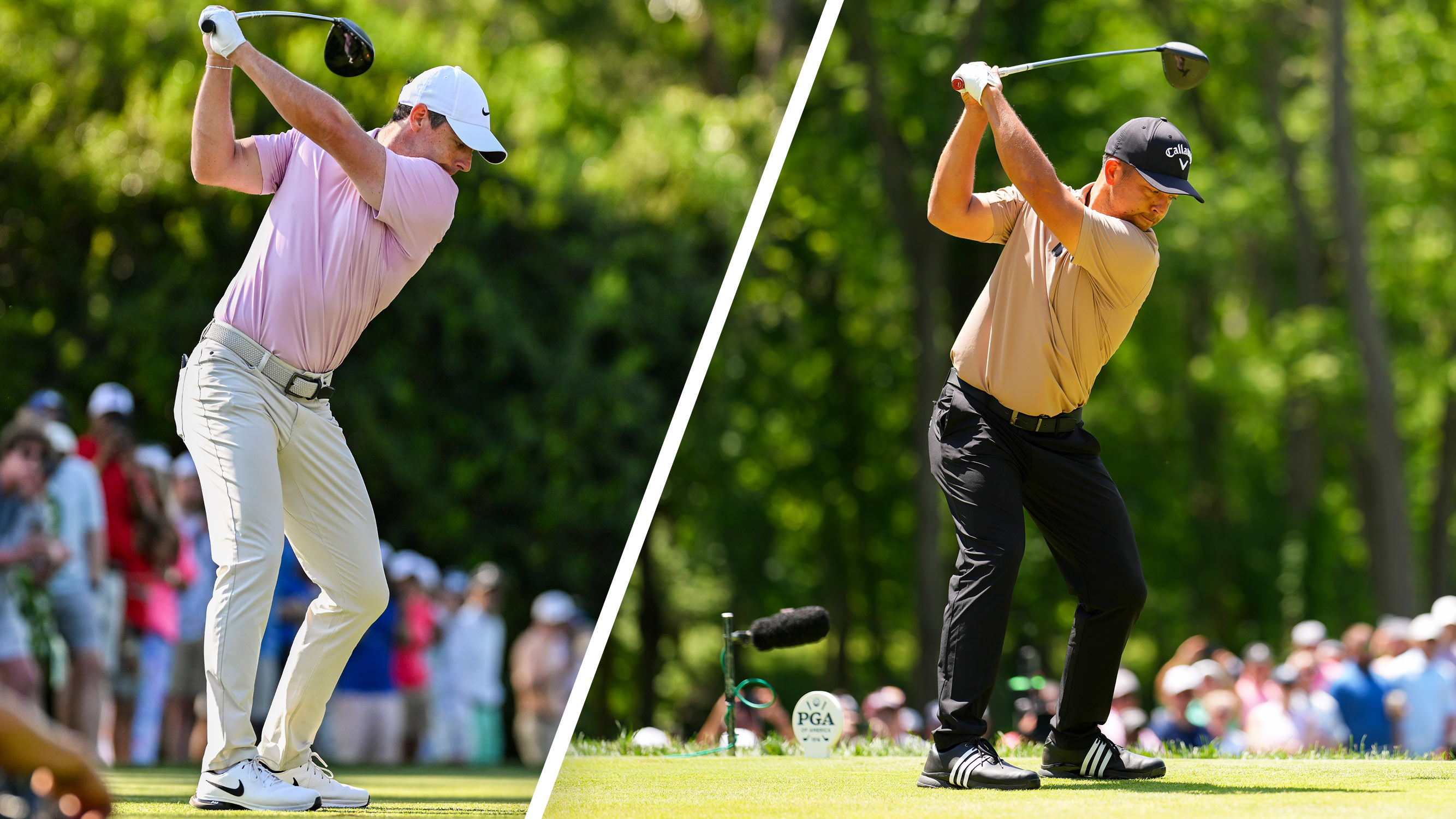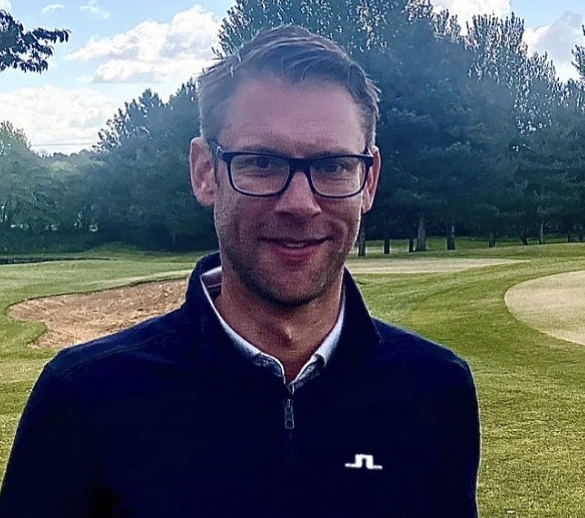This Simple Transition Drill Could Rapidly Improve Your Golf Swing
This straightforward rehearsal, shared by Golf Monthly Top 50 Coach Tom Motley, will improve the transition in your golf swing and produce better ball striking


So much of the golf swing is about timing, which is why rehearsing and embedding a consistent transition between the backswing and starting the downswing is so crucial. The best expert golf tips consistently talk about the importance of finding your rhythm, but how can you practise this key fundamental aspect in a bid to produce a solid and repeatable golf swing?
In this article, Golf Monthly Top 50 Coach Tom Motley explains how a simple transition rehearsal drill can help you find your groove and produce better ball striking more consistently...
Common Mistakes
This (image below) is one of the most common positions I see weekend golfers get into as they start their downswing, with the upper half of the body moving forward.
It’s easy to see how this leads to a steep swing that slices across the ball. I also see a lot of ‘backing up’ just pre-impact, with the upper body moving back onto the trail side. What does this mean? Fats, thins, tops… nothing good.

The Pump And Jump Drill
Take your club all the way back to the top of your backswing, then, in transition, pump into your lead foot as here. I want you to feel like you’re starting down with a hard push. I call it the ‘pump and jump’ drill. If I drew an arrow from my trail shoulder to my lead foot, it would be a diagonal line. This is how we should be thinking of pressure shift – more of a diagonal shift into the ground.
Rehearse left arm parallel to left arm parallel – so three-quarter backswing to three-quarter follow-through – and focus on keeping the arms nice and straight.

The Post-Impact Position
This (image below) would be a nice position to picture yourself in post-impact, where you’ve used the ground to push yourself up. I’m nice and stable, I’m extending up through the spine, and I’ve kept my arms extended, too, leading through into the finish position.
Subscribe to the Golf Monthly newsletter to stay up to date with all the latest tour news, equipment news, reviews, head-to-heads and buyer’s guides from our team of experienced experts.

This drill will improve your transition and help stabilise a nice central pivot. It will also create ground force, which can lead to increased clubhead speed.

Location: The Kendleshire
Tom Motley has been a PGA professional since 2005. He offers a high level of coaching, utilising the best possible coaching technology eg Swing Catalyst with pressure plates, TrackMan 4 along with a vast array of training aids. Tom continually develops his skills through spending time with some of the best coaches across the globe.
Teaching philosophy:
Player first, swing second and understanding the human in front of you is so important. Swing techniques are all different and players want different things from a coach. It is my job to ensure I know how the player works, learns and is most comfortable to ensure they get the most benefit out of each session. On a technical level, simplicity is key but sometimes simple is left incomplete, so deliver the information is the simplest way for any student but don’t leave a session without the player having full understanding.
Most common problem:
Many have poor concept of what they’re doing/trying to do technically. For this clear communication of faults and fixes is key. Secondly players have expectation levels beyond their skill set, course management is in my opinion one of the most under-taught aspects of the game yet the most influential on lowering players' scores. Seeing players of all levels playing is a huge part of my coaching to ensure I coach the player and the players game not just the swing.
Most common impact fault:
Clubface orientation. Most players don’t understand why the ball does what it does. By explaining why they have a certain ball flight and giving the focus on start direction rather than swing path quite often a player starts to straighten ball flight. Also off-centre impacts and a lack of understanding of what gear effect is.